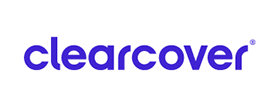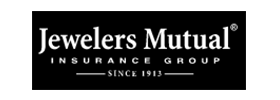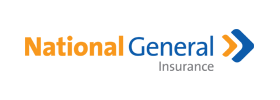If you own your own home in the Cypress, TX area, it continues to be important that you get proper insurance coverage for your home. A way that you can do this is with proper insurance. Depending on your situation, you may need to get flood insurance to protect your property. There are a few reasons why people should get this additional insurance protection in Texas.
Flood Insurance Protects Property
A key reason that people need to get a flood insurance plan when in Texas is that it can protect their property very well. If you are located near a waterway that has a tendency to flood, there is a risk that your home could be damaged if a bad storm occurs. Fortunately, this risk can be mitigated if you have proper coverage through a flood insurance plan.
Insurance is a Lender Requirement
It is also common for people to need to get flood insurance because it is a requirement set by their lender. If you are located in an area that is deemed to be a flood zone your mortgage lender will want you to get proper insurance coverage. This could mean that you are required to get flood insurance and will have to escrow the payments on a monthly basis.
If you are in the Cypress, TX area and are wondering about your flood insurance needs, calling InsureUS would be a great option. The team with InsureUS can help you better assess your insurance needs and options. With that guidance, you will be able to determine if you do need to get flood coverage. If you do need or want to have this additional protection, they can also help you build a plan that will ensure you are in compliance and properly covered.







































